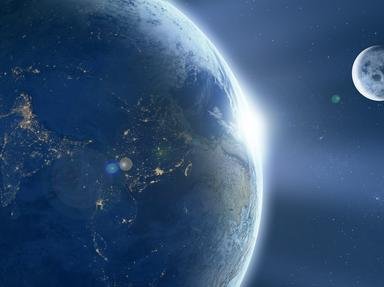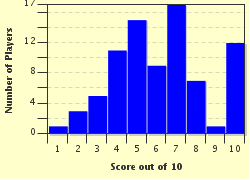Quiz Answer Key and Fun Facts
1. Triton was once thought to be a planet in its own right before it was captured by Neptune. How can we tell that it is a captured object?
2. This moon, out of all the "traditional" ones discovered prior to the Voyager missions, is the smallest known satellite of a gas giant that is confirmed to be a spheroid.
3. Which crater on Saturn's moon Rhea is nicknamed "The Splat" due to a prominent ray system?
4. This moon, named after the king of fairies in one of Shakespeare's plays, is Uranus's second largest.
5. This Saturnian moon is well known for its effects and interactions with the E Ring.
6. "Titanian" as a descriptor can refer to Saturn's moon Titan, but what other satellite may it refer to?
7. This moon is thought to be formed around its primary in a similar way to the proposed model of the formation of Earth's moon?
8. Kachina Chasma, the longest known canyon on Uranus's moon Ariel, has been mapped by Voyager 2 to be at least 620 kilometers long.
9. This moon has the lowest albedo of any planetary-mass satellite in its system discovered before the 21st century.
10. This moon, orbiting a dwarf planet, is estimated to be approximately the same size as Saturn's moon Tethys.
Source: Author
jonthomas
This quiz was reviewed by FunTrivia editor
WesleyCrusher before going online.
Any errors found in FunTrivia content are routinely corrected through our feedback system.

